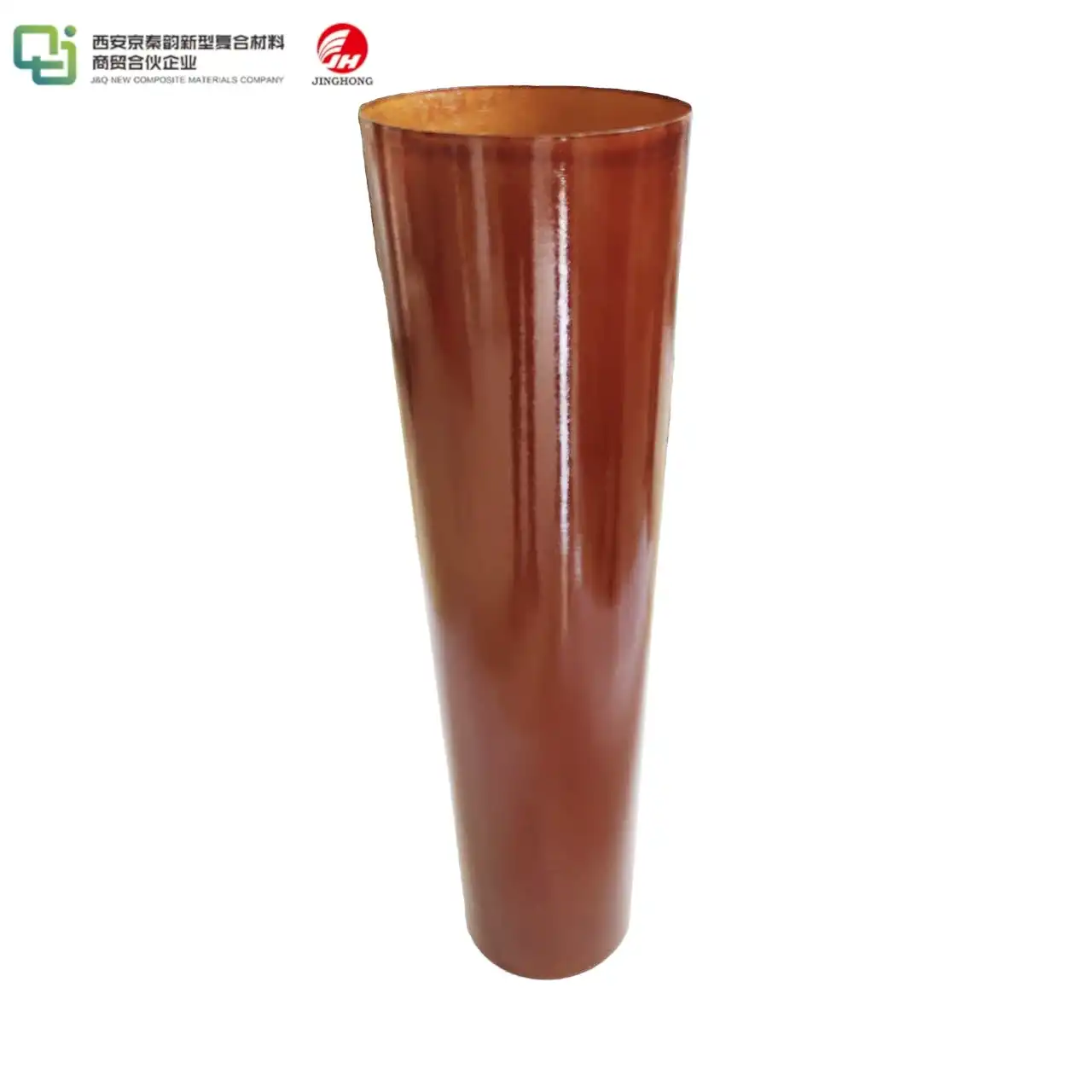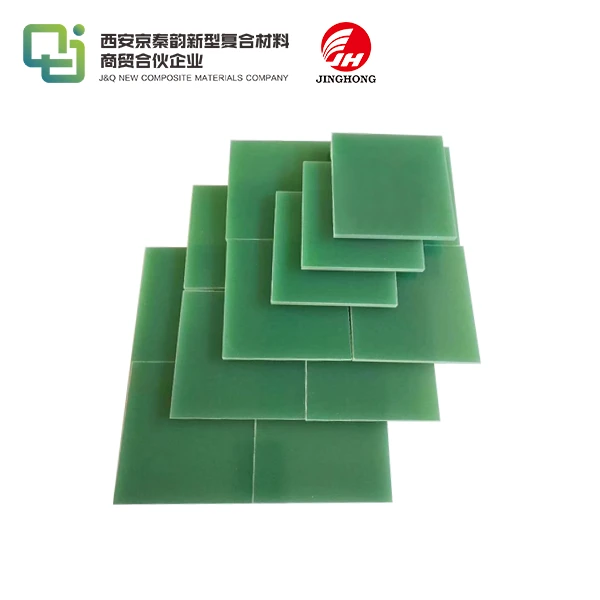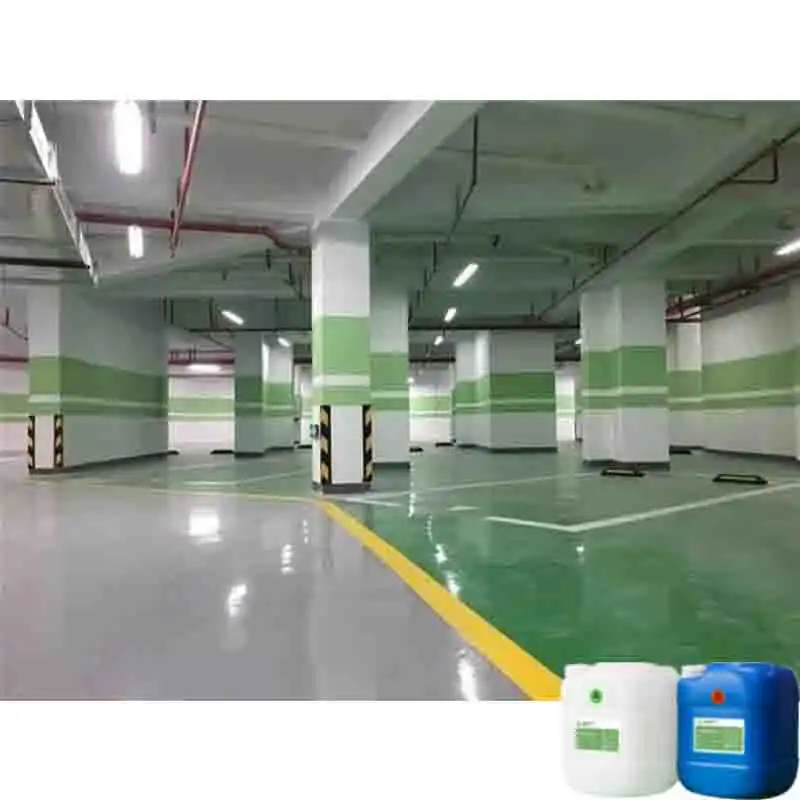Analysis of epoxy resin formula
2022-12-14
Epoxy resin is generally used together with additives to obtain application value. Additives can be selected according to different uses. Common additives include curing agent, modifier, filler, thinner and others.
Curing agent is an indispensable additive. Curing agent shall be added for adhesive, coating and castable, otherwise the epoxy resin cannot be cured. Due to different application and performance requirements, there are also different requirements for epoxy resin, curing agent, modifier, filler, thinner and other additives.
1. Selection of epoxy resin
a) Select from the purpose
It is better to select resin with medium epoxy value (0.25-0.45) as adhesive, such as epoxy resin e44 and 634; It is better to select resin with high epoxy value (0.40) as castable, such as epoxy resin e51 and 6101; Generally, resin with low epoxy value (<0.25) is used as coating, such as 901, 904, 907, 909, etc.

b) Select from mechanical strength
The resin with high epoxy value has higher strength but is brittle; The strength of epoxy resin is good at high and low temperature; If the epoxy value is low, the strength is poor at high temperature. Because the strength is related to the degree of crosslinking, the degree of crosslinking is high when the epoxy value is high, and the degree of crosslinking is low when the epoxy value is low, which causes the difference in strength.
c) Select from the operation requirement
It does not need to be resistant to high temperature and has little requirement on strength. It is hoped that the epoxy resin can dry quickly and is not easy to lose. The resin with lower epoxy value can be selected; If you want good permeability and strength, you can choose the resin with higher epoxy value.
2. Selection of curing agent
a) Type of curing agent
Common curing agents for epoxy resin include aliphatic amine, alicyclic amine, aromatic amine, polyamide, acid anhydride, resin and tertiary amine. In addition, UV or light can also cure epoxy resin under the action of photoinitiator. Amine curing agent is generally used for curing at room temperature or low temperature, while anhydride and aromatic curing agent are commonly used for heating curing.
b) Dosage of curing agent
i. When amine is used as cross-linking agent, the following formula is used for calculation
Amine dosage=mg/hn
Where:
M=molecular weight of amine
Hn=number of active hydrogen
G=epoxy value (epoxy equivalent per 100 grams of epoxy resin)
The range of change shall not be more than 10-20%. If excessive amine is used for curing, the resin will become brittle. If the dosage is too small, the curing is not perfect.
ii. When acid anhydride is used, it is calculated according to the following formula
Amount of acid anhydride=mg (0.6-1)/100
Where:
M=molecular weight of anhydride
G=epoxy value (0.6~1) is the test
c) Principles for selection of curing agent
i. Select from performance requirements: some require high temperature resistance, some require good flexibility, and some require good corrosion resistance. Select appropriate curing agent according to different requirements.
ii. Selection from curing method: If some products cannot be heated, the curing agent for thermal curing cannot be selected.
iii. Select from the applicable period: the so-called applicable period refers to the time from the time when epoxy resin is added with curing agent to the time when it cannot be used. To apply for a long time, generally choose acid anhydride or latent curing agent.
iv. Select from the aspect of safety: generally, it is better to have low toxicity, which is convenient for safe production.
v. Choose from cost.
3. Selection of modifier
The purpose of the modifier is to improve the tanning property, shear resistance, bending resistance, impact resistance and insulation performance of the epoxy resin. Common modifiers and their characteristics are briefly introduced.
a) Polysulfide rubber: can improve impact strength and peel resistance;
b) Polyamide resin: It can improve brittleness and adhesion;
c) PVA tert butyraldehyde: improve impact tanning resistance;
d) Nitrile rubber: improve impact tanning resistance;
e) Phenolic resin: it can improve temperature resistance and corrosion resistance;
f) Polyester resin: improve impact tanning resistance;
g) Urea formaldehyde melamine resin: increase chemical resistance and strength;
h) Furfural resin: improve static bending performance and acid resistance;
i) Vinyl resin: improve peeling resistance and impact strength;
j) Isocyanate: reduce moisture permeability and increase water resistance;
k) Silicone resin: improve heat resistance
The dosage of polysulfide rubber can be 50-300%, and curing agent shall be added; The amount of polyamide resin and phenolic resin is generally 50-100%, and the amount of polyester resin is generally 20-30%. No additional curing agent can be added, or a small amount of curing agent can be added to accelerate the reaction.
Generally speaking, the more modifier is used, the greater the flexibility will be, but the thermal deformation temperature of resin products will decrease accordingly. In order to improve the flexibility of the resin, toughening agents such as dibutyl phthalate or dioctyl phthalate are also commonly used.







